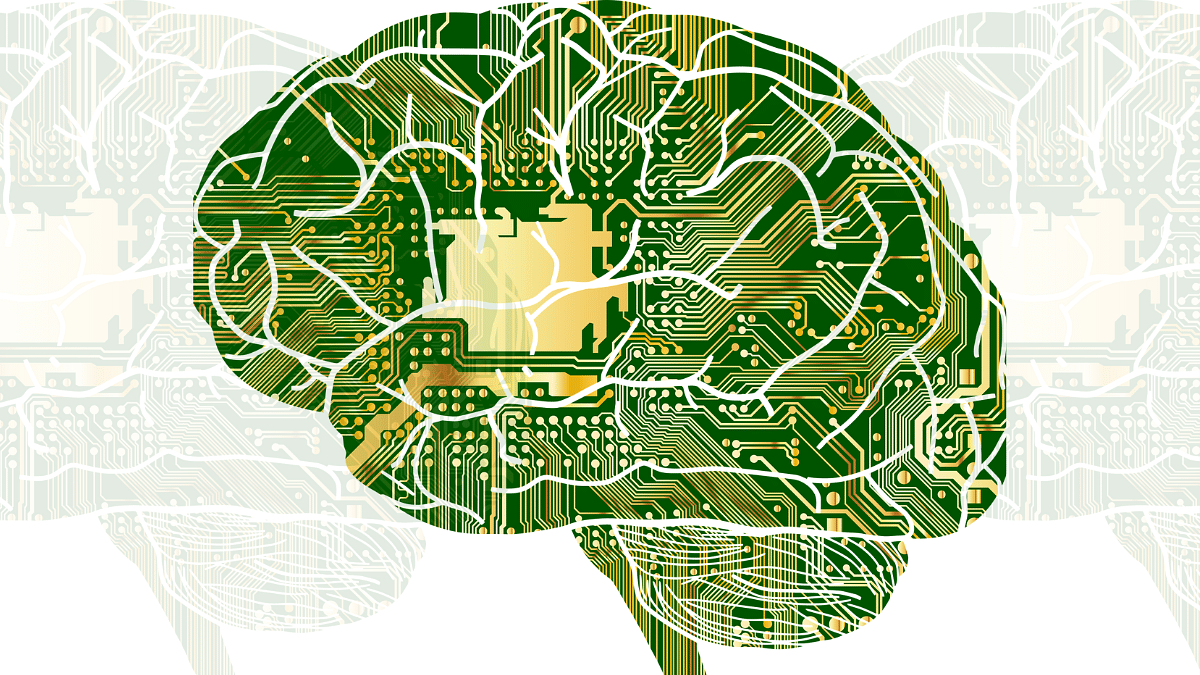Recently, artificial intelligence (AI) has been cast as a problem in the urgent, international effort to tackle climate change. As AI plays a greater role in our lives, it will need enormous amounts of computing power and data storage.
As such, the carbon footprint of AI is projected to expand due to its high energy consumption and the carbon emissions associated with the production of its hardware.
However, the truth is more nuanced, since artificial intelligence could also be a problem solver, making a significant contribution to tackling climate change.
AI could, for example, help with more accurate predictions of extreme weather events such as hurricanes or the rates at which we can expect the world’s polar ice and glaciers to melt. It could also help us to better manage our energy infrastructure, such as power grids.
Since 2012, the largest AI training processes have been consuming increasingly large amounts of computing power. In fact, the rate has doubled every 3.4 months on average.
Data centres and transmission networks contribute over 1% of global energy use and 0.6% of global carbon emissions. A single query to ChatGPT (OpenAI’s advanced chatbot) can generate much more carbon than a regular Google search.
Harnessing AI for good
Despite the potential negative consequences, there’s reason to be optimistic. One way AI could help is by improving our understanding of the underlying science of climate change.
There are many ways AI could contribute in this respect, but one might be through improving climate models. These are computer-based simulations of how the Earth’s climate works and how it responds, or is likely to respond in future, to increased concentrations of greenhouse gases.
AI techniques like machine learning could be used to simulate elements of climate models, such as how raindrops or clouds form, that are currently difficult to replicate.
In this way, artificial intelligence could not only improve the projections from climate models – which are used to guide policy decisions – but also reduce the amount of computing power needed for such tasks. This in turn, could help reduce the carbon footprint of running these climate models on supercomputers.
In a recent TED Talk, Sims Witherspoon, climate and sustainability lead at Google DeepMind, said that AI can help us optimise and manage existing systems and infrastructure, such as power grids. Electrical grids must be actively managed to maintain a steady balance between supply and demand.
Transitioning from fossil fuels to renewable energy is essential for meeting net zero goals. However, while fossil fuel plants are relatively reliable, energy from wind and solar is unpredictable because of the weather. This is where AI might be able to step in.
Witherspoon’s team at DeepMind trained a neural net (an AI system inspired by the human brain) on data from historical weather patterns and wind turbine power production information. The resulting technology performed 20% better than existing systems to forecast wind power generation. This could be used by operators to better plan for dips in supply and to fill the gaps with energy from other renewable sources.
The right policies
Despite the tangible benefits, AI also needs the right governmental policies to be in place if its potential is to be realised. The interplay between the benefits of AI and its environmental costs is incredibly complex. To help ensure that AI has a net positive impact, there needs to be transparency about its environmental costs from all parties involved, including governments and the tech companies that develop AI systems.
Only through transparency and data sharing can we make informed and strategic choices about AI’s use in order to enhance the positive effects and find solutions that reduce the technology’s detrimental impacts on the environment.
As it stands today, AI is not a particularly green technology and is expensive to develop. However, climate change is our greatest challenge and AI could be a valuable ally if we can find solutions that offset its downsides.
Kirk Chang, Professor of Management and Technology, University of East London and Alina Vaduva, Director of the Business Advice Centre for Post Graduate Students at UEL, Ambassador of the Centre for Innovation, Management and Enterprise, University of East London
This article is republished from The Conversation under a Creative Commons license. Read the original article.

